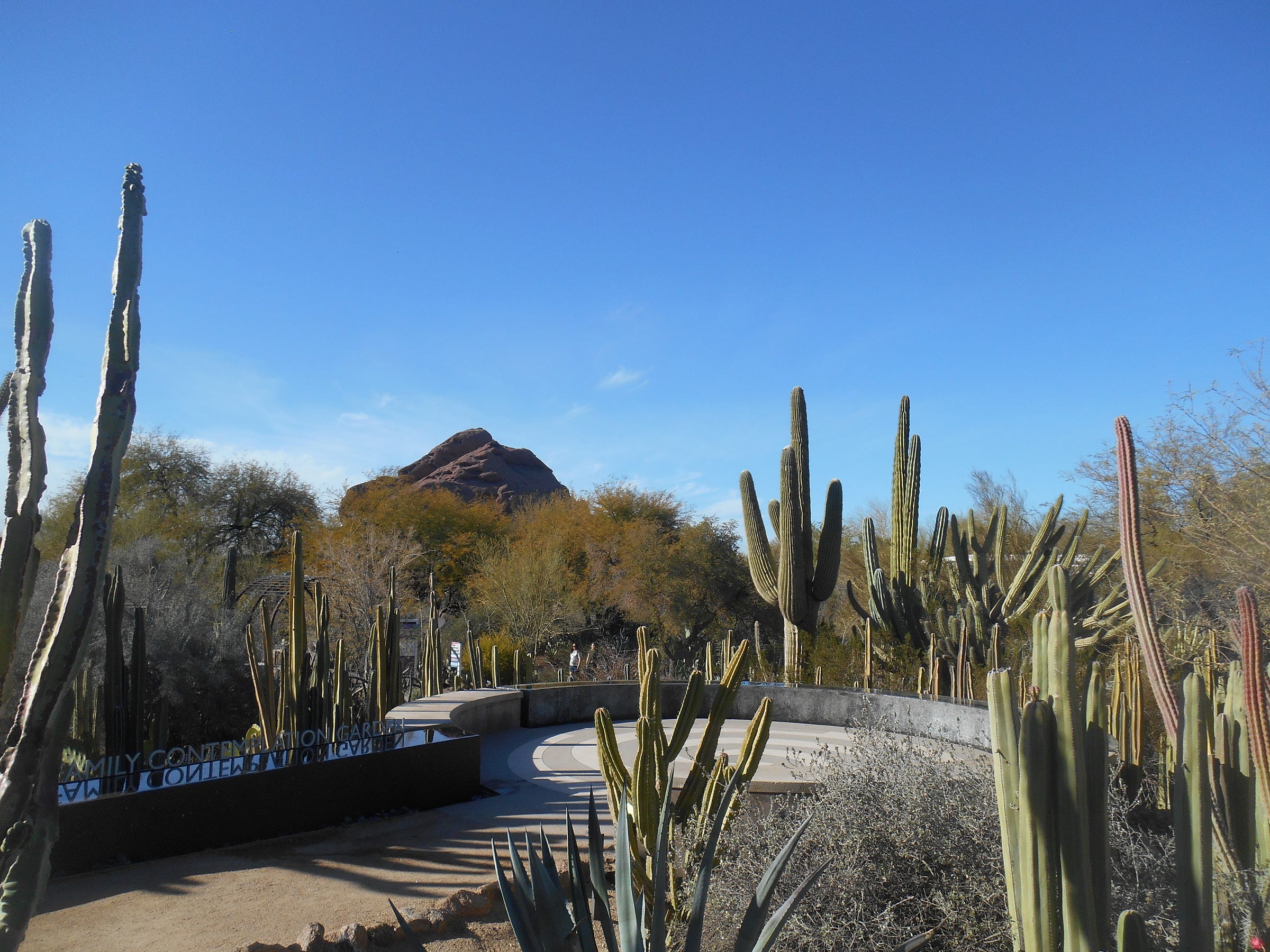
Coming from the heart of the prairies in western Canada, where winter storms are the norm and temperatures can easily go down to -22 F (-30 C) and below, it’s never been a surprise for me to see many Canadians travelling to warmer climates in order to escape the snow and embrace the sun. Even though we readily accept the need to wear warm clothing and heavy boots in order to shovel snow and struggle to get by during this time of the year, the desire to leave it all behind and head down to the inviting warmth of the southern United States, Hawaii, or the Caribbean for a brief (or long) respite is clearly very strong.
For those among us who regularly make this effort to “fly south for the winter,” they are affectionately known as snowbirds, and there is a long history of people from Canada and the northern United States who do exactly that. Being from the province of Saskatchewan and the capital city of Regina, I’ve known for as long as I can remember the fact that many people from this part of Canada are particularly attracted to Arizona as their preferred destination to escape the winter. Exactly why people from Saskatchewan have such a deep connection with Arizona is something to consider later, but for now it’s sufficient to just recognize this drive to become a snowbird during the winter season.
While intrigued for years about the idea of making the trip down there to see for myself why so many Canadians want to be in Arizona long-term, all of my international travel priorities are for physics research purposes, such as attending conferences or meeting with collaborators from Europe or the United States. Although I’ve been to Italy several times in mid-February, it was always to do work and not to have a “vacation,” so those excursions to escape the snow of Saskatchewan don’t really count. In fact, despite having travelled internationally for over 20 years, the idea of having a quick getaway anytime during that time to become a snowbird in Arizona purely for pleasure was something that I couldn’t justify doing for myself—at least until now.
In Preparation for a Snowbird Take-Off
I made the decision to take a four-day trip to Phoenix, Arizona from January 31 to February 3 and finally explore the snowbird phenomenon as a first-timer. The fact that I planned to be in Phoenix for Groundhog Day (February 2), a whimsical celebration in Canada and northern United States about using a groundhog’s shadow to determine when spring will begin, was certainly not lost on me!
One of the reasons why this arrangement was workable for me is because there are non-stop return flights from Regina to Phoenix with WestJet on Thursdays and Saturdays from October to April. Therefore, while my outgoing flight had to first go through Calgary on Wednesday, I was able to return directly home on Saturday in just over three hours of flying time, which is logistically very attractive. With only four days available for this trip, my time in Arizona was necessarily confined to Phoenix and its adjacent municipalities of Scottsdale and Tempe, where Arizona State University (ASU) is located in the latter. Therefore, an early idea I had to travel to the Grand Canyon was automatically out of the question. However, from my own research I had come to learn about many interesting sightseeing options available in Phoenix and the neighbouring community of Scottsdale where I was to spend the majority of my time. As well, I was about to find out even more than I could have imagined about the special qualities of greater Phoenix just before I was due to take off.
The Magnetic Attraction of Phoenix for People Worldwide
On the day prior to my departure for Phoenix, I had an enjoyable two-hour meeting with Rob Pederson, a Regina realtor and broker/owner of Realty One (https://realtyoneregina.com/) who has travelled to Arizona for many years and is there multiple times each year. Rob gave me a brief history lesson about the origins of Phoenix and the surrounding municipalities of Scottsdale, Mesa, Chandler, Tempe, Paradise Valley, Glendale, and others in the region, how they came to grow over time, and the different demographics of people who live there. Originally founded in 1867 as an agricultural community, Phoenix is located in the northeastern part of the Sonoran Desert with a consistently hot desert climate. The initial settlement rapidly grew in size, in large part due to its canal system to transport water to the region and facilitate the expansion of the local economy. With a current population of 4.85 million people in the metropolitan area, greater Phoenix is the tenth largest city in the United States, the eleventh largest city by area, and the largest state capital in the country.
With obvious enthusiasm about his many experiences of being there, Rob explained how lots of people from Saskatchewan would naturally see Phoenix as an attractive destination for a warm escape from winter that is relatively close to them geographically and also in roughly the same time zone. When the 2008 financial crisis severely impacted the real estate market worldwide, many Canadians saw the opportunity to buy discounted property in the Phoenix area that contributed to the market’s overall stabilization.
Rob pointed out that people from Saskatchewan and elsewhere in Canada and the United States who relocated to Phoenix brought with them their regional allegiances in sports and recreation, which contributes greatly to the cosmopolitan and mosaic-like nature of the local population. For example, while certain regions like Scottsdale are incredibly wealthy and other regions of greater Phoenix are considerably less well off financially, the overall friendliness and togetherness to be found among the people who live there makes it an enjoyable place to live for the long-term. In other words, there is a space available in greater Phoenix for people from all walks of life who want to live well, regardless of where they come from or what their ambitions may be for themselves.

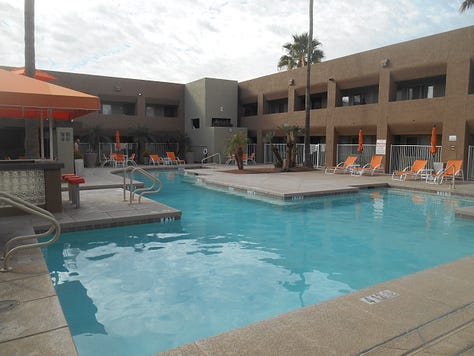
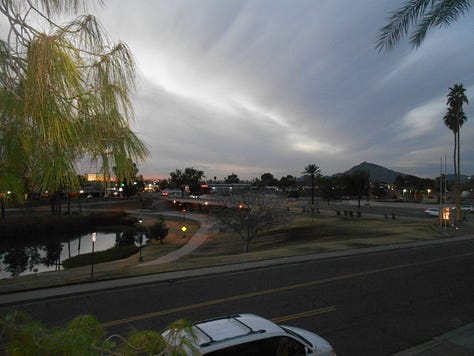
One particularly intriguing example of this sentiment came about on my first morning in Arizona when I met a middle-aged man from greater Phoenix visiting friends from out of town who were staying at my hotel. He is originally from Leeds, England who served in the British Army and saw major combat in Afghanistan. I was fascinated by his life story about how he ended up living in the southwest United States after experiencing serious personal difficulties while living out his life as a soldier. Because of my own deep connection with the United Kingdom and my respect for military personnel, there was an immediate bond of friendship and appreciation for sharing his life experiences, and we ended up talking for hours in the guest lounge of the hotel. For him, the peacefulness of greater Phoenix as an oasis to escape the personal hardships borne while as a soldier in a war-torn region of the world was a major factor in his desire to live there permanently for the last several years.
Prior to my arrival, Rob gave me an equally fascinating account of many snowbirds who spend their winters living in gated communities that are historically known as RV Resort Parks, where RV refers to recreational vehicles or motor homes that were initially part of the snowbird experience. These communities have up to 200 various activities and amenities for the enjoyment of people aged 55 years and older. For example, in the Mesa area of Phoenix there are upwards of 100 parks of this type.
To give me a better understanding of this form of community life in greater Phoenix, Rob put me in touch with his father, Lyle Pederson, who I later spoke with on the phone while I was in Scottsdale on Thursday. Also from Regina, Lyle was previously an economic and business consultant, while his wife Joan was formerly a Deputy Minister and senior policy analyst for the Government of Saskatchewan. They began their semi-retirement with their first snowbird excursion to the Mesa area over 15 years ago.
Lyle and Joan own and manage two information websites (https://snowbirdtrailer.com/ and https://arizonasnowbirdparks.com/), whose purpose is to help interested retirees from outside of Phoenix to “seek an affordable and healthy way to escape the northern winters and enjoy life to its fullest,” with a particular focus “on the Park Model and other units in the many RV Resort Parks located in the southern U.S. states.”
It was obvious from my talking with Lyle in Scottsdale and again upon my return to Regina of his genuine enthusiasm and encouragement for people of retirement age to explore the multitude of options available for snowbirds to establish themselves in a quality social environment, with useful content about various amenities and organized activities for residents, practical content about physical security and day-to-day operations, and the overall atmospherics of experiencing the best aspects of “Small Town America.” Originally designed to accommodate movable trailers in the 1970s, the park model evolved into more permanent one bedroom structures with covered outdoor areas where most entertaining takes place. Many snowbirds often customize their structures to satisfy their particular living needs, including modern amenities to entertain guests.
On my flight from Calgary to Phoenix, I already gained a special insight about what Lyle conveyed to me regarding the sense of community for snowbirds while living in these RV resort parks. I was sitting beside an older retired woman from Calgary with her equally retired husband immediately sitting behind her, in which she and I talked for the entire three-hour flight about life as a snowbird with their own living space in Mesa where they reside for several months of the year. I got an immediate sense of what daily life must be like for these residents, such as her telling me about the elderly men reliving their youth by playing baseball in the senior leagues. She later showed me a digital photo of an over 90-year old man working on his drivable vintage car parked outside of his retirement home. With these examples and others she shared with me, the capacity for these retirees to regain their vitality and youth, while in the company of lifelong friends and family as neighbours, is certainly an attractive feature of what life must be like for the long-term residents of the Mesa area that continues to attract snowbirds like this Calgary couple to return there every year.
For multiple generations of intensely passionate people living in greater Phoenix and visitors to the region, Rob told me about a very popular charity golf event held annually in early February called the Waste Management (WM) Phoenix Open (https://wmphoenixopen.com). Attracting both professional golfers and international celebrities as amateur participants, the WM Phoenix Open is commonly known as “The People’s Open.” It’s without doubt the most boisterous and insanely loud example of a golf tournament ever conceived, with over 30,000 people coming from all over the world to make lots of noise in celebration of this sporting event with full media coverage intended to raise funds for local Arizona charities. While I was completely oblivious of the existence of such a spectacle happening this year on February 5 to 11, it was self-evident during my time in Phoenix and Scottsdale that it’s an immensely popular sporting and cultural event for those who want a first-hand immersive experience of what it’s all about.
Rob put me in touch with his friend Darcy Hordichuk, also originally from Saskatchewan and currently a resident of Scottsdale, who co-found the WM Phoenix Open many years ago. A former National Hockey League (NHL) player, Darcy played professionally for the Phoenix Coyotes and several other teams in the league for 12 seasons before finally retiring in 2013. I was able to speak briefly with Darcy on the phone in Scottsdale about his experiences of living in Scottsdale and his involvement with the WM Phoenix Open. He told me that for the tournament held last year in 2023, the charity raised over $14.5 million for the benefit of various Arizona communities in need.
In addition to his involvement with the WM Phoenix Open, Darcy is the Director of Business Development for a consulting company called Canada to USA (https://www.canadatousa.com/) that he co-owns with Saskatchewan-born realtor and Scottsdale resident named Miles Zimbaluk, who serves as its Chief Executive Officer. The purpose of Canada to USA is to provide practical networking support for Canadians who want to move outright or live for extended periods in the United States and fully embrace the snowbird phenomenon in a stress-free way. Originally conceived in 2015 to service the needs of long-term living in Arizona, this company now provides for clients wanting to relocate to any of the 50 states in the United States, with a major focus on Florida, California, Texas, Nevada, Hawaii and other southern states where most snowbirds naturally want to go. According to their website information, Canada to USA was able to connect with over 500,000 Canadians in 2018 and provide over 10,000 pages of content for their assistance to travel regularly and live in the United States. In 2023, Canada to USA expanded their services to include offering U.S. home and auto insurance needs for Canadians, as well as global travel insurance.
My Presence in the Desert Botanical Garden
Imagine yourself standing in the heart of a major metropolitan city, but now suddenly immersed in the midst of the Sonoran Desert, rich with the natural vitality of robust plant and animal life, and with nothing else to see but distant mountain ranges and blue desert skies to accompany you. Where once there was the noise and commotion of modern city life, you now find yourself absorbed in peaceful calm that comes from the sanctuary of a botanical garden unlike any that you have ever seen before.
What I have just described is my first few minutes of entering the Desert Botanical Garden, located at 1201 N. Galvin Parkway in Phoenix, AZ 85008 (https://dbg.org/). Just a few minutes’ drive northeast of the Phoenix Sky Harbour International Airport towards Scottsdale, the Desert Botanical Garden is situated in the northeast section of a large urban park that contains the Phoenix Zoo among other attractions situated there. Having twice been to the famous Kew Gardens in central London, which has well-defined sections and themes within its boundaries to showcase a rich diversity of plant life from around the world, I wasn’t exactly sure what to expect with a first-time experience in a desert-themed garden like this one. At the same time, I certainly expected to gain some meaningful understanding about what sort of plant life is indigenous to the Sonoran Desert, along with an appreciation of its scientific efforts in supporting conservation research, educational outreach, and other related activities that Kew Gardens is well-known for providing its visitors.
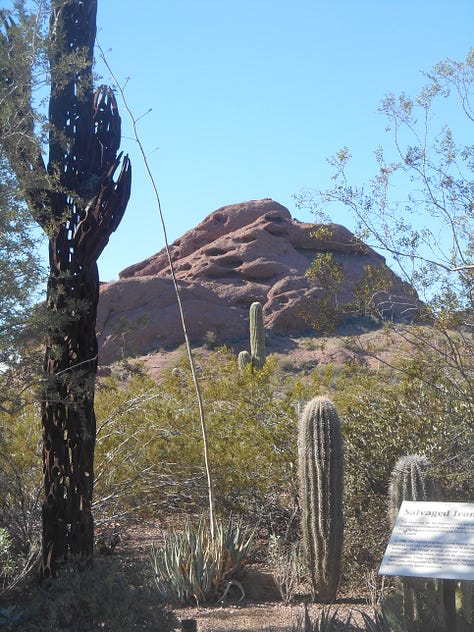

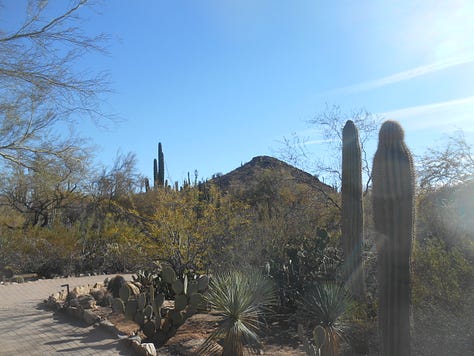
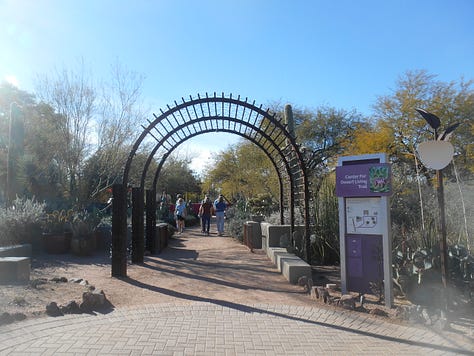
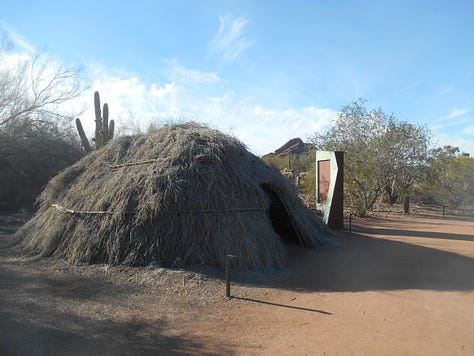
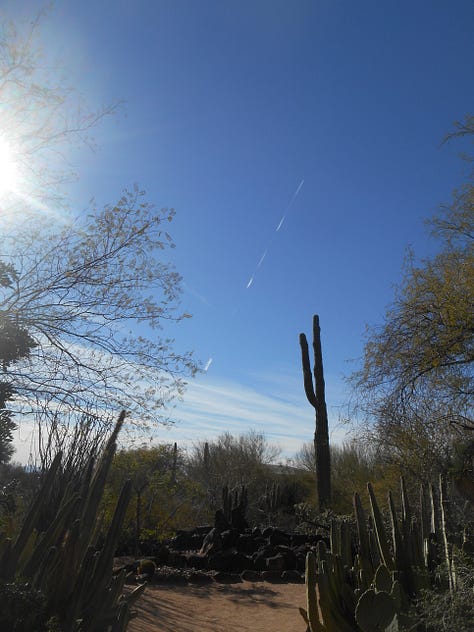
I have to note that my first time visiting the Desert Botanical Garden was initially clouded by a bad experience involving the lack of available taxi service on Wednesday immediately following my arrival to Phoenix, a topic that I will describe in much more detail later. For now, however, I want to focus my attention upon my arrival to the garden in the mid-afternoon. When I reached the entrance gate to present my ticket, I was greeted by a friendly staff member who was there to welcome visitors and provide valuable information about how to navigate inside the garden. She gave me a brief orientation about what sort of exhibits are to be found along the five trails that branch out from the central trail to guide visitors back to their starting point.
From the visitor guide and other educational information she provided me, I learned that the Desert Botanical Garden has over 50,000 plants located throughout the space, with over 4000 distinct species of plants showcased, including over 500 rare and endangered plants. As well, the botanical garden currently employs 26 scientists working in four countries and two continents to provide invaluable research on acquiring a better understanding of plant and animal life in the Sonoran Desert and elsewhere.
It was clear from the onset that this garden is intended to be purely naturalistic in its expression, unlike that of Kew with its references to period-specific architecture of the Victorian era when founded in 1840. In contrast, the Desert Botanical Garden was founded in 1939 by passionate local citizens like Swedish botanist Gustaf Starck with the singular goal of preserving the desert landscape for posterity. This vision soon gained the financial support of people like philanthropist Gertrude Webster from the beginning of this commitment, who later donated her estate to the garden upon her passing in 1947. At the main entrance is a high-end restaurant named Gertrude’s (https://dbg.org/visit/dining/gertrudes-restaurant/) in her honour where I had my dinner immediately following my visit.
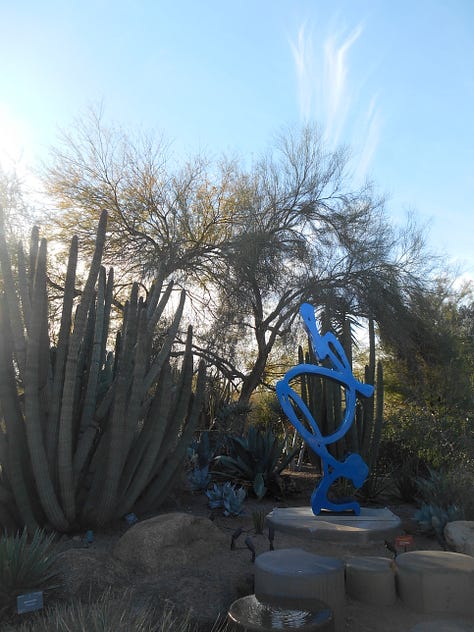
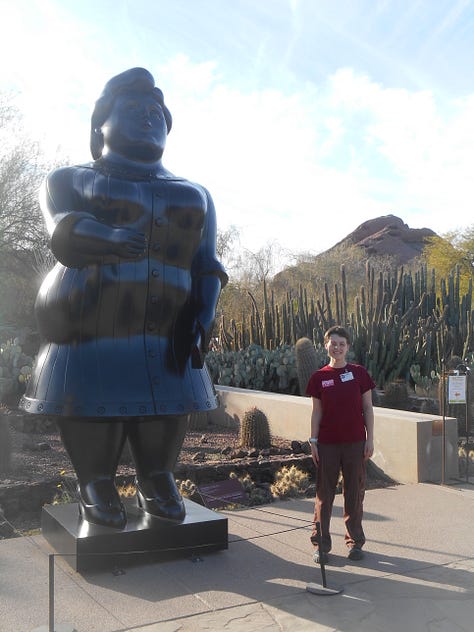

As noted at the beginning of this section, I got an immediate sense that I was in a distinct place away from the day-to-day sounds of modern city life. At the same time, the Desert Botanical Garden offers its visitors the accents of human expression in the form of modern art interspersed throughout the space, such as the magnificent larger-than-life statue created by noted Columbian artist and sculptor, Fernando Botero, to greet visitors while simultaneously looking at various cacti and other desert plants carefully situated within a naturalistic context. Another example created by a different artist is that of a metallic blue piece of abstract art in a well-proportioned swirl pattern that’s blended in with the surrounding plant life to highlight—but not overtake—the natural beauty of the garden in the background.
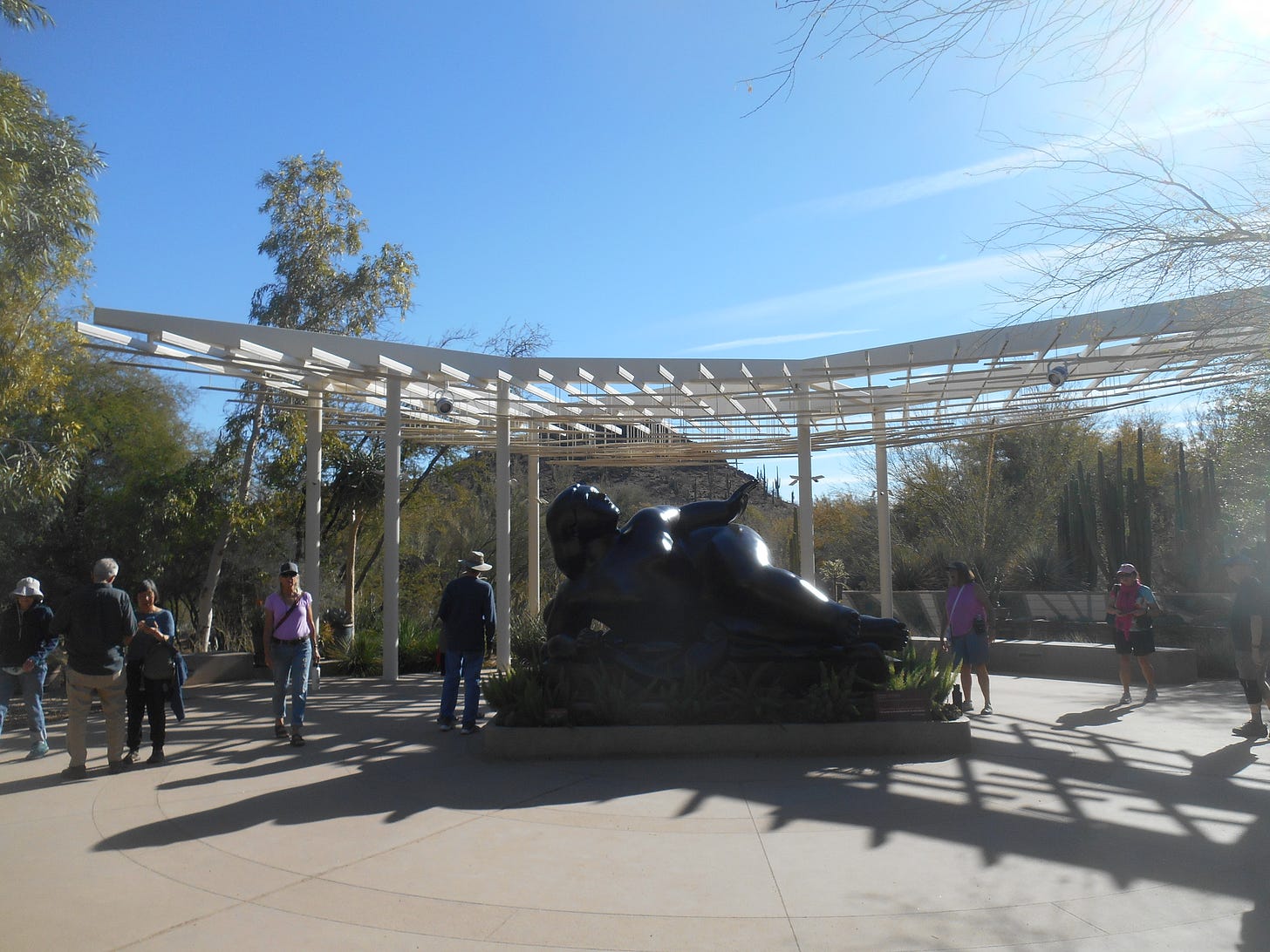
As part of its overall design, there exists a cul-de-sac embedded in the garden to serve as a meditation space for visitors to sit down and reflect quietly on the beauty of the surrounding landscape. It was only when I reached near the apex of the uppermost trail in the garden that I was able to see the surrounding city from a distance, in which visitors can find themselves able to take photos of the distant mountain ranges to the north and east of greater Phoenix. There are also examples of human dwellings made from natural materials on display along the central trail to present how the indigenous peoples lived in the Sonoran Desert for centuries prior to the founding of Arizona.
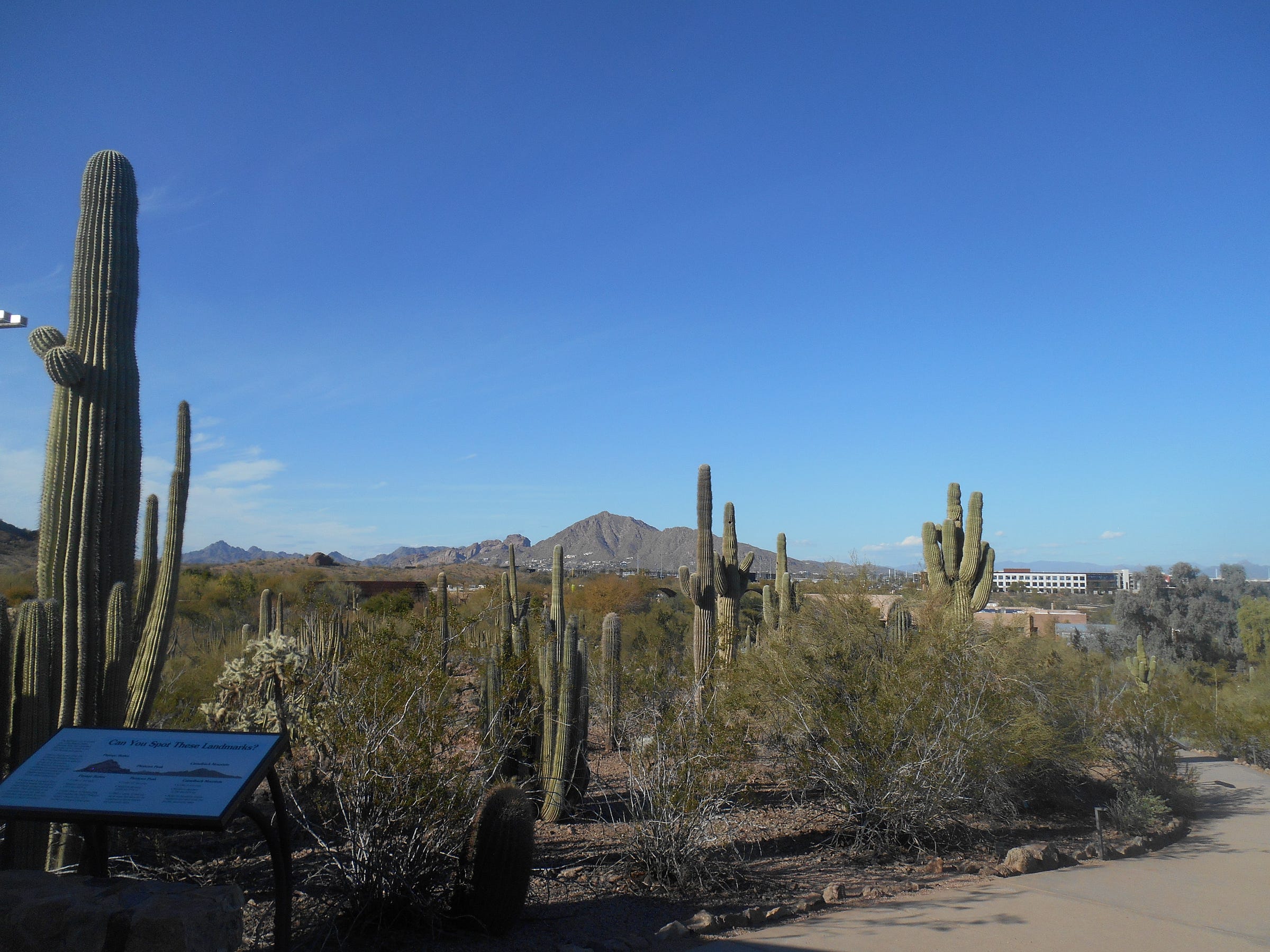
In terms of animal life, there are a number of displays presented by the Desert Botanical Garden to describe the variety of animals to be found in the desert, with the hummingbird as a particularly noteworthy example. While I wasn’t there in season to experience this myself, the garden also has the Cohn Family Butterfly Pavilion to showcase the interrelationship between plants and insects in the Sonoran Desert, with a particular effort to emphasize conservation measures to protect the species of butterflies from becoming endangered.
Following my return to Canada, I had a phone interview with Laura Best, Senior Director of Exhibits for the Desert Botanical Garden, to get a sense of how the garden is regarded by both regular visitors and guests like myself coming from elsewhere. She explained how the garden has strong local support with prepaid memberships available for repeat visits, and that it’s a much-beloved place for its conservation efforts. Laura noted that a lot of Arizona people from outside of Phoenix come regularly for visits. She further expressed that, as an accredited member of the American Alliance of Museums, the Desert Botanical Garden makes a significant effort to promote education to the public about the desert and its overall ecology. For example, she told me briefly about the Desert Landscape School that they run, in which participants get to learn about how to conserve water and grow plants in a desert climate.
In terms of accessibility for the elderly and people with physical disabilities, Laura was very happy to express the Desert Botanical Garden’s commitment to helping those with mobility issues get the best possible experiences that they can. I know as an able-bodied person that a comfortable casual viewing of the garden took me about two-and-a-half hours to complete, while a much deeper visit can easily consume the entire day if people wish to spend that amount of time. The fact that the entire trail system is completely wheelchair accessible is something I noticed immediately, with only the uppermost trail being one that may require special assistance for wheelchair-bound people to enjoy. Laura told me that the garden has a fleet of scooters available to offer visitors with mobility issues to utilize during their visit. With a large parking lot for visitors who can drive themselves to the garden, Laura also pointed out that Phoenix’s light rail system and public busses routinely stop at the entrance parking lot, so that people who rely upon public transit can reach it easily.
For the selection of artists whose work the Desert Botanical Garden wishes to showcase, Laura told me that it’s a multilayered process for which they operate on a four-year time frame to make their final decisions. The level of care taken is something that I can easily recognize by the current art displays present during my visit. Finally, when asked about the biggest misconceptions that the public has about the desert and particularly in terms of its vegetation, her response was that people didn’t realize the large number of species of cacti that exist in the world, and that there’s an intrinsic beauty within the desert environment with a biodiversity that’s heavily influenced by a monsoon season during the summer months and a rainy season during the winter. My own impression is that there’s certainly more than meets the eye when it comes to the desert and that the Desert Botanical Garden is a place where repeat visits from both snowbirds and local guests are guaranteed to occur.
An Expression of Fine Dining in the Botanical Garden
Immediately following my afternoon spent at the Desert Botanical Garden, I proceeded to my 4:00 pm reservation for dinner at Gertrude’s Restaurant located at the main entrance. Because it was sunny and warm outside, the maître d’ offered me the option to be seated outside, which I happily accepted.
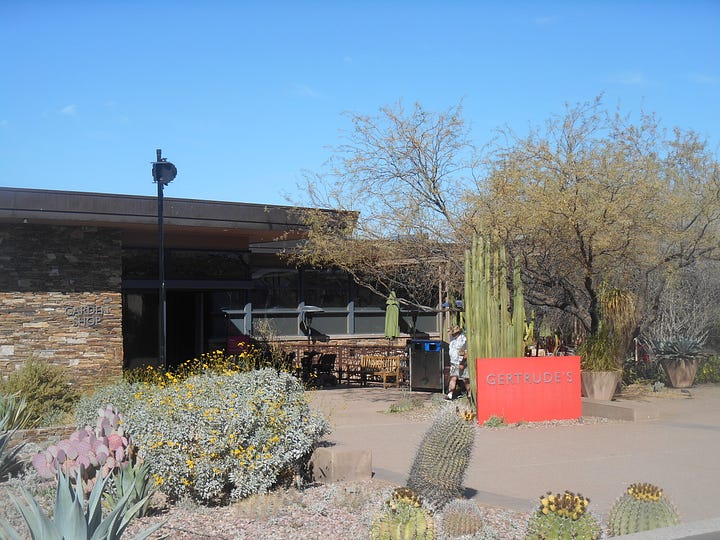
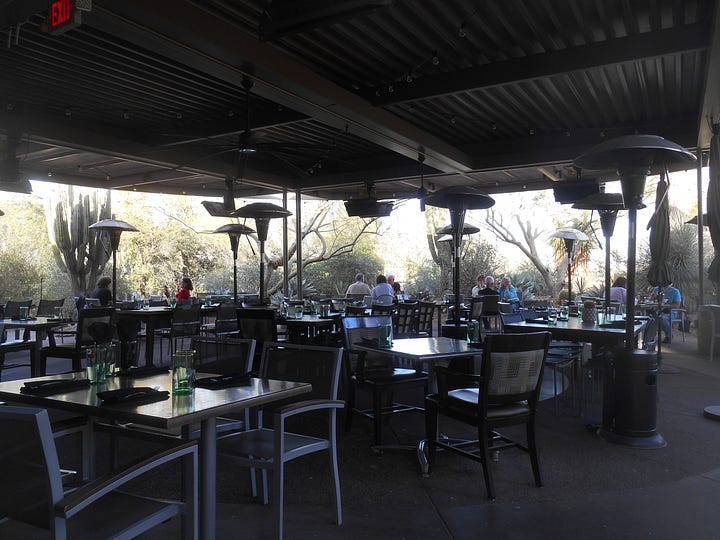
The waiter who served me was very thoughtful and responsive to my interest in having an enjoyable dining experience that is reflective of the local physical environment and the restaurant’s philosophy of farm-to-table cuisine. To that end, I asked him about trying the sparkling cactus water made with prickly pear and agave, which I never tasted before. I was pleasantly surprised by both the light and floral fragrance of the drink and also caught off-guard by a literal prickly sensation upon my tongue a few minutes afterwards.
For the appetizer, there was an interesting variety of options available from hummus and fried tofu as vegetarian/vegan options up to mussels or clams cooked in white wine and cream. I chose to try the Korean corn cheese, which is made with sweet corn and melty cheese, adorned with a honey drizzle, wasabi aioli, scallions, and crispy wontons. The dish was beautifully composed and well-balanced with a multitude of colours, flavours, and textures that resulted in a satisfying bite of food.
With respect to the entrée, out of the large range of options from vegetarian/vegan dishes to steak and wild game meat plus seafood to consider, I chose to order the green chili burger. This was composed of an 8 oz angus beef patty with lettuce, tomato, red onion, pepper jack cheese, green chilies, applewood bacon, and tortilla aioli. It came with a side of fingerling potatoes and house-made pickles. Not surprisingly, the burger was delicious and very filling to the point where I had to ask for a box to finish later in order to make room for dessert.
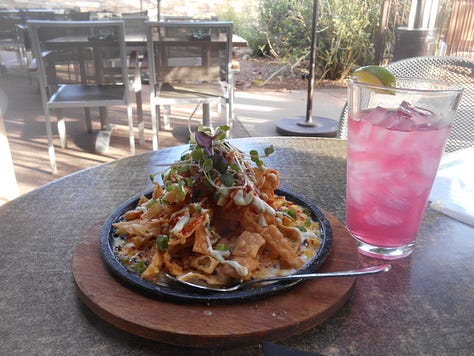

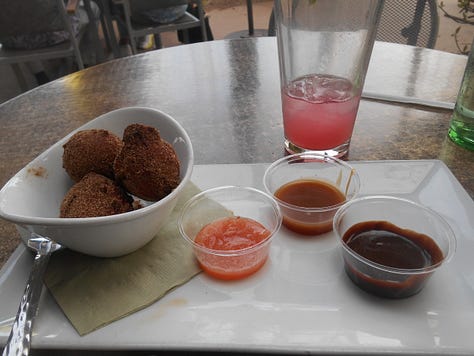
As for the dessert, there were many enticing options that I wanted to try, but I decided to go for a half-serving of ricotta donut holes dusted with cinnamon-sugar and served with warm dipping sauces of chocolate, caramel, and agave puree. The donut holes were light and flavourful, with a nice chewy soft texture and good mouth feel. As for the sauces, while the agave puree didn’t work so well for me by comparison, the other two classic flavours certainly didn’t disappoint.
On the whole, my experience at Gertrude’s was a genuinely enjoyable experience, with impeccably professional service and a great variety of high-quality food that’s worthy to be served in a restaurant named after the Desert Botanical Garden’s principal benefactor.
One Day in Old Town Scottsdale
Despite having a great evening following my visit to the Desert Botanical Garden, my observation about the apparent lack of reliable taxi service earlier in the day had me concerned about the rest of my trip in Phoenix. After going to the souvenir shop adjacent to Gertrude’s Restaurant to buy some gifts for family, I asked the cashier for assistance to call up a taxi for me. When she relayed the message from the dispatcher that I might have to wait between 45 minutes and an hour for it to show up, I immediately felt very frustrated. Nonetheless, I made the commitment to go for the taxi as offered and take my chances. Fortunately, a taxi finally showed up within about 15-20 minutes after the cashier called, so I was able to return to my hotel for the night. However, because I had to make some last-minute interview arrangements to sort out immediately after reporting to the hotel on Wednesday night, whatever relaxation time I wanted to spend in preparation for the next day was taken up by more urgent matters.
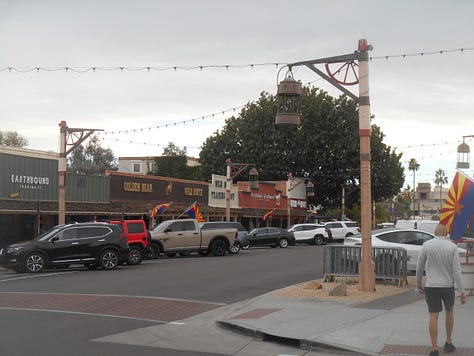
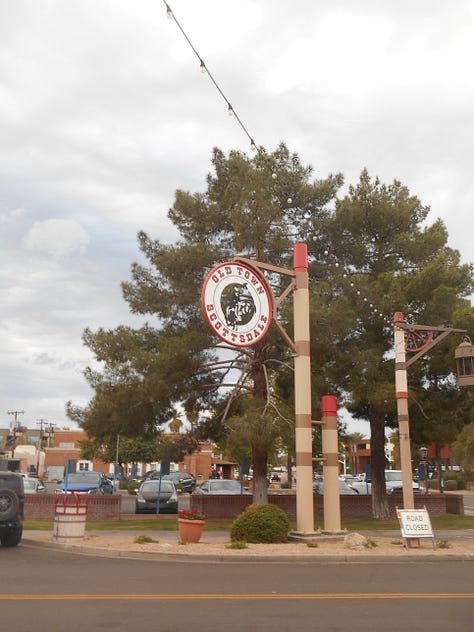
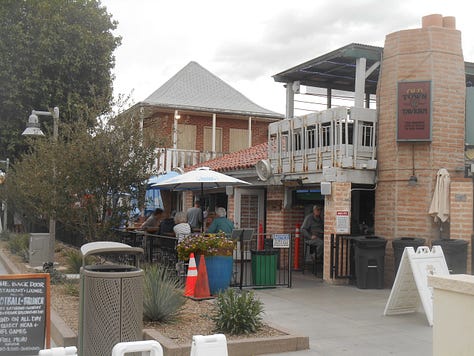
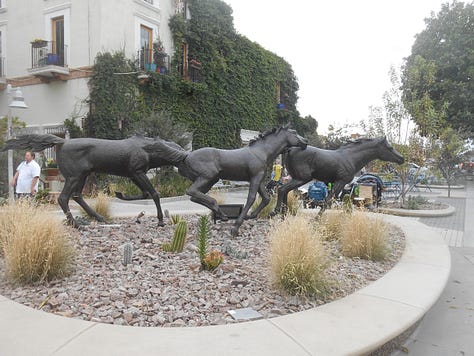
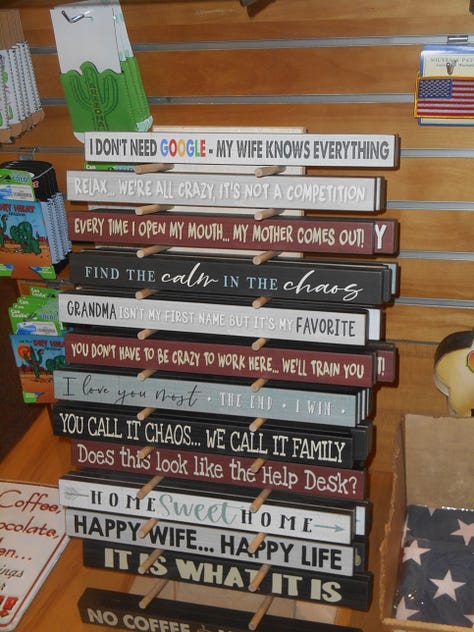
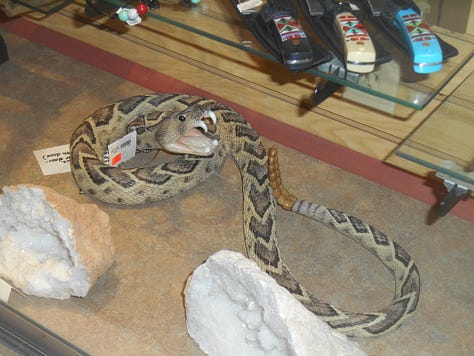
My original plan on Thursday was to arrive in Scottsdale’s Old Town, a reference to the geographical origins of Scottsdale when founded in 1888 by U.S. Army Chaplain Winfield Scott, sometime in the early morning to have an early check-in at my second hotel in order to spend the full day exploring it in full. However, because my schedule was necessarily pushed back by a few hours, I ended up arriving at around noon time sometime after checking out of my first hotel. This meant that my intention to have an in-depth experience in Old Town would be cut down to an afternoon at best.
Putting aside this disruption to my schedule, I wanted to make the most of my time in this fascinating and historically significant part of greater Phoenix. Old Town in its current form is the amalgamation of both its historical past located in the southern part of the region and its ultra-modern present and future orientation situated in the northern part. Because of its compact and pedestrian-friendly nature, it’s possible to do a walking tour of the whole region within a reasonable amount of time and take the opportunity to check out the various shopping, restaurant, and tourist attractions available for people to experience.
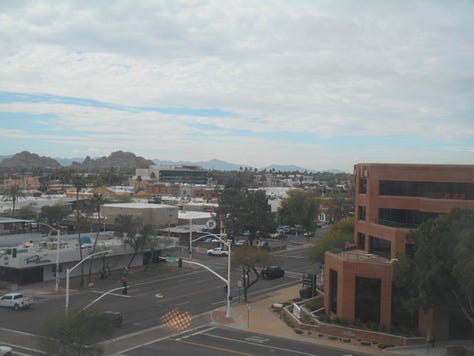

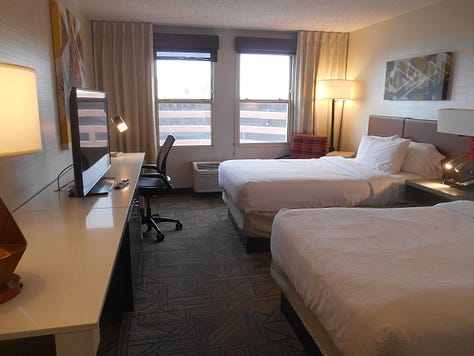
Because of limited time available to me on Thursday, I made the decision to focus my attention solely on the historical past of Old Town in the form of a walkabout around the various shops featuring vintage artwork, jewellery, leather items for sale, and other items with an old western theme. Prior to that, however, I was hungry and wanted to have some authentic Mexican cuisine while I was in Arizona, so a hotel staff member at the front desk gave me a few options for restaurants that he recommended, including the one that he said was reasonably priced and not very far from the hotel in the southern half of Old Town. This was where I went next, after which I spent my time casually walking around Old Town’s historical sector, and eventually finding my way to a souvenir shop to buy some gifts for family before finally returning to the hotel for the night.
A Taste of Authentic Mexican Cuisine in Old Town
The Mexican restaurant where I chose to go in Old Town is called Cien Agaves Tacos & Tequila, located at 7228 E. First Ave. in Scottsdale, AZ 85251 (https://www.cienagaves.com/). As it turned out, I was very happy with the recommendation made by the hotel staff member to go there for this dining experience in a distinctly rustic environment. First of all, I was warmly greeted by the maitre-d who immediately directed me to a table, after which I was served by an attractive and friendly waitress. Because I was unsure of what I wanted to eat and drink apart from the fact that I wanted something authentically Mexican, she recommended to me a virgin margarita (I do not drink alcohol) and some bottomless chips and salsa to start while I took my time to check over the menu options to consider.
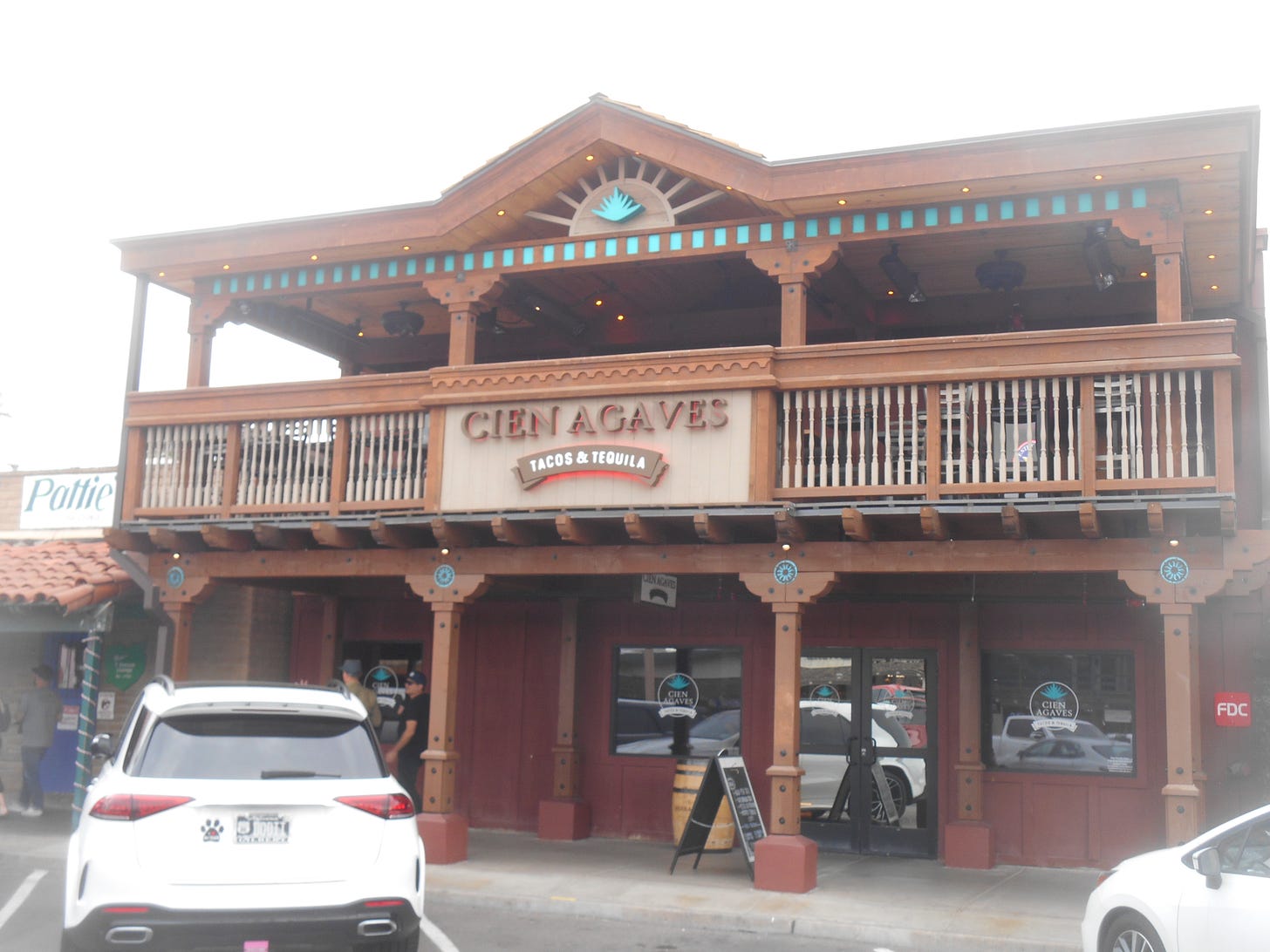
Upon the waitress’s recommendation, I decided to go for Combo #5 on the menu, which is composed of a shredded beef or tinga taco, cheese enchilada, and accompanied with rice and beans, along with some crema on top to round it off. This was an excellent suggestion for someone like me, and so I got the best possible option of sampling a full array of Mexican cuisine in one serving, which was certainly delicious and very filling. Nonetheless, I needed to make some room for dessert, and so I ordered the churro sundae composed of vanilla ice cream with two servings of churros inserted on top, and topped with whipped cream and a caramel drizzle for a sweet accent. Of course, it was absolutely delicious and certainly a befitting conclusion following a great entrée.
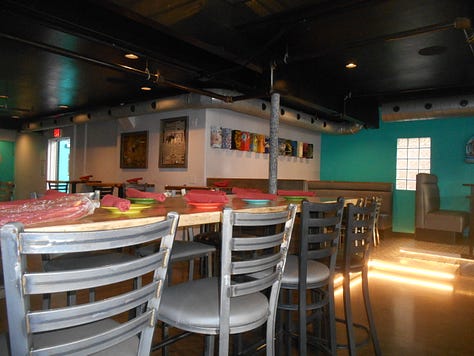
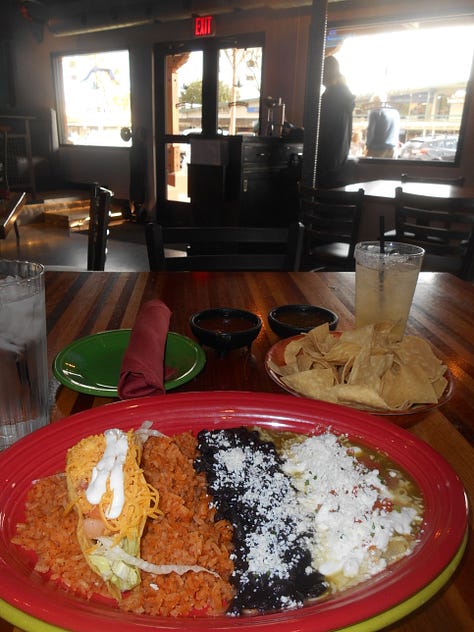
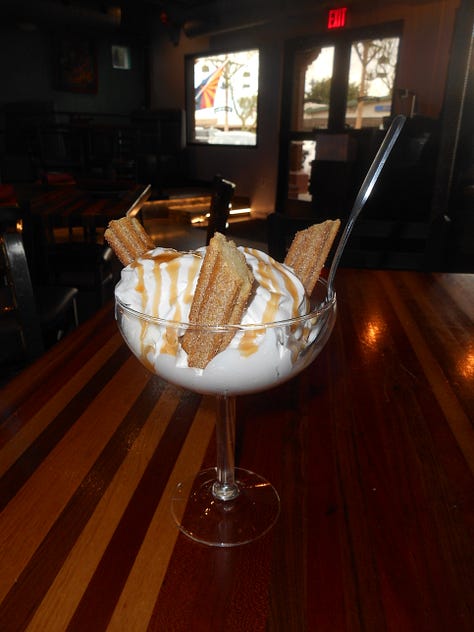
As an interesting sidenote, while I was enjoying my meal I was greeted by Cien Agaves’ general manager who came to ask about how I was doing so far. The remarkable part of this encounter was the fact that she happens to be from Lethbridge, Alberta in western Canada! She later told me that she permanently moved to Scottsdale over 20 years ago and, apart from the occasional visit to Alberta and other parts of Canada, has never looked back. We had a great conversation about my personal thoughts on the snowbird phenomenon as a first-time experience for me, along with her happy recollections of visiting Saskatchewan a few years ago. This was certainly a pleasant surprise for me to add to a second great dining experience, for which I’m sure that a return visit to this restaurant is in order.
Technology and Innovation on the Streets of Phoenix
On my way back to the hotel after visiting Old Town, I saw for the first time something that I had never seen in action before, and that is a driverless autonomous car going around the corner to pick up a family and take them somewhere. This is one clear example of the impact of technology and innovation taking hold in Phoenix as a new frontier to explore in the future of ground transportation.
When I first arrived in Phoenix and became frustrated by the lack of available taxi service to take me to the Desert Botanical Garden, I was told by the hotel desk clerk about Waymo (https://waymo.com/) as one of the alternative options besides hiring an Uber or Lyft driver that I could utilize to take me there. However, I had no idea that Waymo was a genuinely driverless option that not long ago would have been regarded as pure science fiction. Therefore, when I saw the Waymo in action for the first time on Thursday, I was genuinely taken aback by what I just witnessed.

The whole idea behind self-driving vehicles began with Google’s initial research project in 2009, which then expanded into its first autonomous test on public roads in Austin, Texas in 2015, followed by an early rider test program in Phoenix in 2017. By then an independent self-driving technology company, Waymo launched its first commercial service in downtown Phoenix in 2018 and has since expanded its Waymo One driverless taxi service to run through parts of greater Phoenix in 2019 and 2020. Since this initial launch into the Phoenix market, Waymo One is also operating in San Francisco, with plans to expand into Los Angeles and Austin. In 2022, Waymo One began to offer 24/7 rides to and from the Phoenix airport and in May 2023, expanded its services to include Scottsdale, doubling its coverage of greater Phoenix.
While a more detailed description of Waymo’s technology for self-driving vehicles can be found on its website, the basic principles behind driverless operation begins with a detailed mapping of the streets where Waymo One is to function before the vehicles are permitted to drive. After the mapping process is complete, the self-driving vehicles operate with a combination of light detection and ranging technology known as lidar mounted on the top of the vehicle, along with simultaneous use of cameras and radar in the same mounting to provide double redundancy in ensuring that a vehicle operates safely and efficiently in a traffic-filled driving environment. An onboard computer provides the necessary computational power required to accurately process all of the available data collected by these three sensors for Waymo One to transport its passengers to their intended destinations.
From my perspective as a scientist, actually seeing Waymo One operating on the streets of greater Phoenix for the first time was truly memorable, and it seems like Phoenix residents have taken to its operation very well. At the same time, being from Saskatchewan where the reality of extremely large temperature ranges from the very cold to occasionally the very hot are impossible to ignore, I cannot help but think that self-driving vehicles at present wouldn’t be able to properly function under such conditions. As well, the existence of driving in the presence of ice and snow is also a major factor that significantly works against the viability of Waymo operating where I live to ensure the safety of its passengers. Without extensive and serious field testing of the technology in Canada or other northern countries where these unavoidable factors enter into the driving experience, it seems that Waymo One as a taxi service would have to be confined to consistently warm and dry locations like Phoenix for the time-being to be rendered a safe alternative for ground transportation.
One Day on Campus at Arizona State University
For my last full day on Friday before returning home on Saturday afternoon, I decided to have a casual visit of the campus of Arizona State University (ASU) (https://www.asu.edu/), located in Tempe just east of Phoenix. Founded in 1885, ASU is a public institution that is one of the largest in the United States with respect to overall enrollment, having over 144,000 undergraduate and graduate students registered for the fall 2023 semester. As a top-tier research intensive university classified as R1 by the Association of American Universities, ASU is known for its extensive range of innovative research in space exploration, human and planetary health studies, national security, clean water preservation, microelectronics, and other areas of expertise. In its Department of Physics there is a Nobel Prize Laureate among its ranks, namely Frank Wilczek who was originally from the Massachusetts Institute of Technology (MIT) prior to joining the faculty at ASU.
After checking out of my hotel at Old Town and checking in at my airport hotel for my final night, I decided to hire a taxi to take me to a location south of the campus to get a street-level view of Tempe and a better sense of the local community. Sometime after getting dropped off, I soon made my way to a local hair salon called Grooming Humans (https://groominghumans.com/) to inquire about how to reach ASU from that location. The owner, his employees, and his customers were very helpful in giving me directions on where to go, telling me that I could just walk straight north on the main road for 15 minutes to take me to the ASU campus.



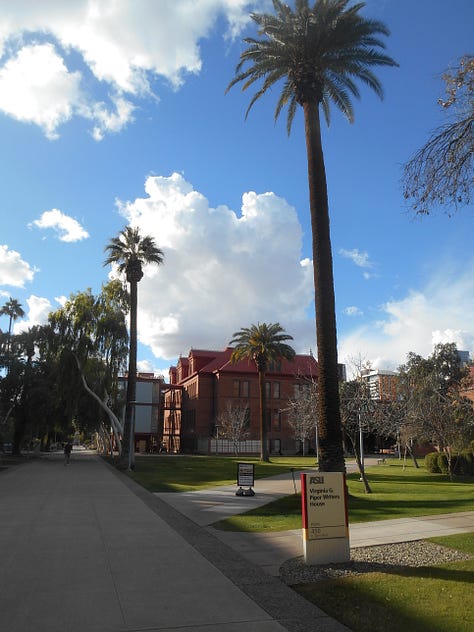

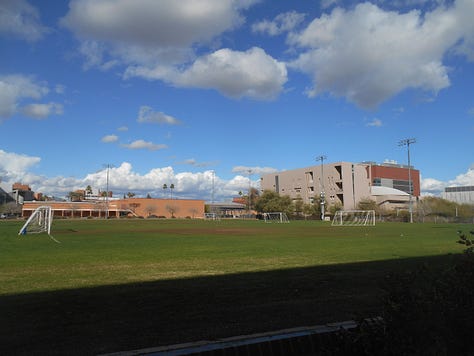
As a first-time visitor to ASU, I was very impressed by the size and scope of the campus. Although I didn’t have any special objective behind this visit apart from just mingling among the ASU community, I got a very good first impression as to why it attracts so many students from around the world to study and do cutting-edge research there. My hope is that I may have further cause to return regularly to ASU in the near future.
The Changes and Challenges of Ground Transportation in Phoenix
While I have lots of very positive things to convey about my experience in greater Phoenix, there is one serious issue of concern that I simply cannot ignore. That would be the difficulties that first-time visitors to Phoenix can have in getting around the city outside of renting a car or relying upon Uber or Lyft drivers because of the lack of ample taxi service. To be clear, I was warned of this issue in advance by Rob Pederson prior to my arrival, but I didn’t realize the full extent of the issue until after I had a first-hand experience to give me context.
This is a concern for me because I can imagine first-time people going to Phoenix who are not technologically literate, such as elderly people, and being totally blindsided by having to wait for a lot longer than what might be considered acceptable in order to take a taxi to wherever they need to go, particularly to any time-sensitive destinations like the airport to catch a flight. For example, I was supposed to have an in-person interview with Laura Best from the Desert Botanical Garden shortly after my arrival to Phoenix on Wednesday, and while at my hotel I waited for well over an hour for a taxi to take me there. In fact, after completely missing my time window to meet with Laura, I was forced to eventually take an Uber to get to the garden, which put me in a bad state of mind when I finally arrived. I was also concerned about taking a return taxi back to my hotel that evening, which fortunately didn’t become as serious an issue as I feared it would be.
Since that experience, I spoke with multitudes of people about the ground transportation issues in Phoenix and got a wide range of opinions on where the issues lie. One person felt strongly that taxis are a thing of the past and that future progress in ground transportation must naturally evolve to newer technologies like Uber, Lyft, and Waymo to overtake the traditional taxi service. One taxi driver told me that he lost a substantial amount of business because of these innovations and frankly said that he no longer plans to drive a taxi anymore. Another taxi driver gave me a completely opposite assessment, suggesting that the first driver was simply not well-motivated to find ample business that’s there for the taking. For myself, I got the impression that if a taxi is booked several hours in advance or the night before, unless there’s a major event like the WM Phoenix Open to swamp the available supply of taxis, it’s still possible to have one available for ground transportation when the customer needs it. Nevertheless, what’s clear to me is that Phoenix is in the midst of a serious transition in providing ground transportation service, and first-time visitors need to be mindful of what to expect for such needs in the near future.
The Return Home and Future Returns to Arizona
It’s very clear that this is only the first of what will be many times for me to travel to Phoenix because there’s so much happening there that’s attractive for snowbirds to escape the winter, and for all others who simply want to enjoy life. As well, I can easily see myself using Phoenix as an intermediate travel destination for a brief stopover while in preparation for both domestic flights and major international flights to different parts of the world, including London, Paris, and Frankfurt as destinations outside of Canada and Mexico. My first experience with the Phoenix Sky Harbour International Airport (https://www.skyharbor.com/) is that it’s very well-organized and easy to navigate. In fact, it took me under 30 minutes from when I first arrived at the terminal to finally reach my gate and wait to board my flight home.
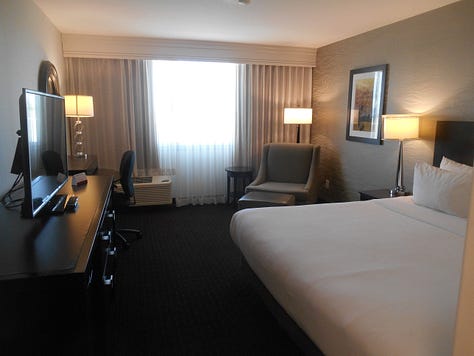
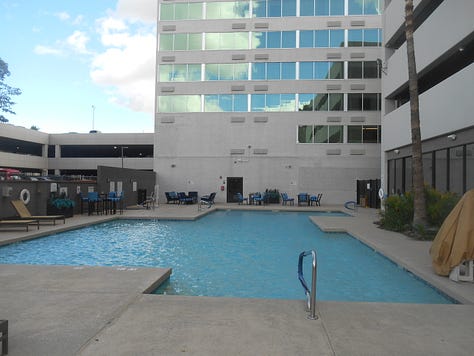
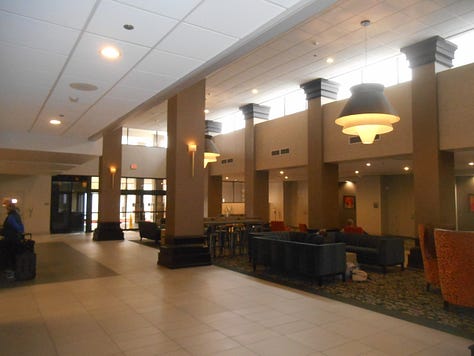
I also think it’s obvious that only spending four days in Phoenix is not nearly enough time to gain a full appreciation of what this city and the state of Arizona has to offer travellers, no matter if they call themselves snowbirds or otherwise. Besides the fact that I want to set aside some more time on a return trip to visit the Grand Canyon, there are some other things to see and do in the Phoenix area that I want to experience, such as Western Spirit: Scottsdale’s Museum of the West (https://scottsdalemuseumwest.org/), Musical Instruments Museum (https://mim.org/), which was recommended to me by two elderly American women I met in Scottsdale, and also Hotel Valley Ho (https://www.hotelvalleyho.com/) that Rob recommended me to view for its architecture and mid-20th century design elements. Of course, there are countless other tourist attractions that are worthy of experiencing on future trips to Phoenix.
Meanwhile, just a few days after returning home to Regina, I was faced with the need to shovel yet another large load of snow on the driveway. In that moment, I suddenly began to have flashbacks of Arizona calling out for me to return and I said to myself: “When can I go back!?”
Author’s Note: This article was first written in April 2024 and submitted to Luxe Beat magazine for future publication.




Hi. Please feel free to comment on this article anytime if you like what I've written or have anything constructive to add. Also, please take a moment to check out my "About" page and become a free subscriber to "Scientist World Traveller" if you haven't already done so. Thank you.